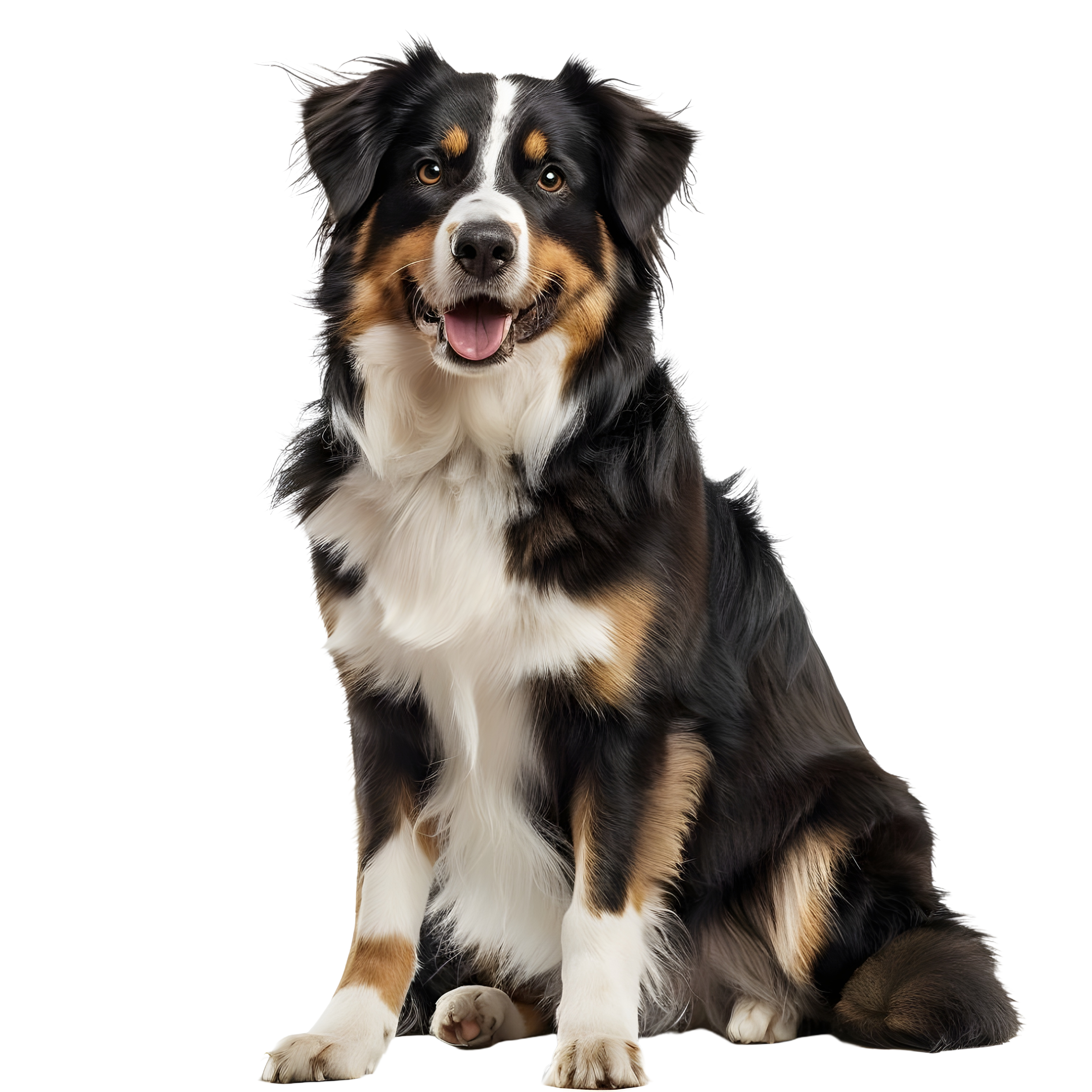5 Strategies to Help Overweight Dogs Slim Down
Here at Sparky Steps, we agree with most animal lovers: Dogs are adorable in ALL shapes and sizes. Unfortunately, excess weight can sometimes pose serious wellness risks for your pup. And it’s not always easy to spot. Sure, weight gain is pretty obvious in petite breeds like Yorkies. But depending on a canine’s height and heritage, surplus pounds can accumulate subtly. Wondering if Rover needs to go on a diet? Once your pet has reached full adulthood, ask your vet to recommend an optimal weight range. Then double-check how your dog measures up at the animal clinic, or at home. Simply step on a bathroom scale by yourself. Then pick up your pooch, get on the scale again, and calculate the difference. You can also estimate the heft of most hounds without using a scale. HomeoAnimal suggests having your pet stand upright, then lightly running your hands over his spine and ribcage. You should be able to feel some defined bony texture, with a narrow layer of fat padding things out. If it’s tough to make out any ribs whatsoever, your pup is probably pudgy. But even if that’s the case, take heart. According to the Association for Pet Obesity Prevention, roughly 56% of dogs in the U.S. were overweight or obese in 2017. And it’s not always a straightforward matter of overfeeding. Certain breeds may tend toward minor tubbiness, just because of their general build. Occasionally, weight gain can also be a sign of thyroid dysfunction or other underlying medical conditions. In many cases, however, you may be inadvertently contributing to the issue. We love seeing our animal companions happy, after all. That often involves giving them favorite foods and tasty treats — frequently, between meals. Those extra daily indulgences can really add up over time. Fortunately, you can often help a chunky pup slim down with just a few simple strategies. And it’s certainly a worthwhile goal. According to VCA Animal Hospital, overweight dogs are a lot like people. Even a few extra pounds could eventually prompt breathing issues, diabetes, high blood pressure, orthopedic discomfort, and more. So if you have a plump pooch at home, consider trying a few of these tactics:
 Food Diary
Food Diary
Start by creating an honest food diary. Every time your dog consumes something during waking hours — that’s right, every time — jot it down. Tape a piece of paper to the fridge or pantry, and ask each family member to record anything they feed your furry friend. Track this activity over a week or two. You might be surprised at the sheer volume of edibles your pup is regularly ingesting. Sometimes, cutting a few of these out can quickly resolve the problem.
 Portion Control
Portion Control
Your vet can calculate how many daily calories your canine should consume to shed extra pounds. And according to Whole Dog Journal, you can also try reducing your pup’s daily meal portions very gradually over time, until you begin noticing a difference. Just avoid drastic modifications, to help discourage digestive issues.
 Treat Swapping
Treat Swapping
Giving your pet a couple treats now and then is fun and rewarding. So instead of eliminating these tidbits altogether, get more creative with whole-food choices. Try healthy vegetables, like baby carrots or frozen green beans. Chilled blueberries make a pooch-safe and palatable snack. You can also feed tiny bits of plain rice cake, or a half-teaspoon of unsweetened applesauce. These selections can help increase fiber and nutrients. Decide on a daily limit, and inform everyone in the family so you don’t exceed it.
Exercise
Regular activity is important for the overall wellness of any pet. So if your overweight dog is fairly sedentary, try adding about 10-20 minutes of active movement, several days per week. If work or family obligations make this difficult, research reputable doggie day care centers— or hire a dependable dog walking service, like Sparky Steps! And if your pup is older, or struggling with arthritis, swimming is a fun low-impact option. Just be careful to choose a qualified canine hydrotherapy facility. West Chicago’s Natural Healing Whole Dog Wellness is an excellent example, and they provide a great list of questions owners should ask in advance.
Different Dog Food
Often, organic and holistic varieties of dog food contain fewer starchy fillers — along with more natural meats, fruits and vegetables. So switching to popular brands like Merrick, Nulo, and Wellness may certainly be worth it. If you begin transitioning to a new food, start swapping it in slowly over several weeks. Mix a bit more into your dog’s bowl each day, and scale back if you notice any stomach upset. Adding a product like Fruitables Pumpkin Food Transition Supplement can also make the process easier on your dog’s digestive system. Just follow the label directions. Trying one or more of these tactics should put you and your pup on the path to smart weight management. And if begging is an issue, remind yourself that giving in to incessant whining or pawing simply reinforces the unwanted behavior. Still no results, even after a couple months? Don’t hesitate to chat with your vet. In extreme cases, there are prescription medications that can help control your dog’s appetite. But these should always be used with professional supervision. The goal is to keep your furry friend happy and healthy!
Written by Marybeth Bittel
Sources:
https://www.homeoanimal.com/blogs/blog-pet-health/81112772-7-warning-signs-your-dog-is-overweight
https://www.nomnomnow.com/obese-dog-weight-loss
https://petobesityprevention.org/
https://www.petcoach.co/article/diseases-conditions-contributing-to-dog-obesity/
https://vcahospitals.com/know-your-pet/obesity-in-dogs
https://www.whole-dog-journal.com/issues/12_9/features/Canine-Weight-Loss-Advice_16158-1.html
http://www.wholedogwellness.com/
https://www.dogfoodadvisor.com/best-dog-foods/weight-loss-dog-foods/
http://fruitablespetfood.com/fruitables_food_supplement.html


